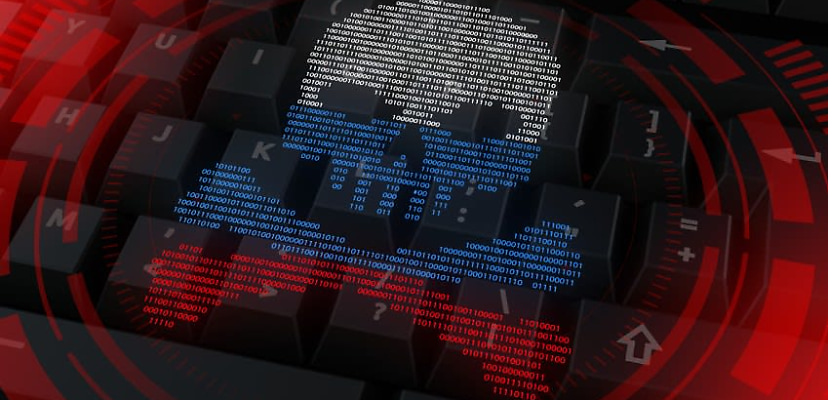Share this article on:
Powered by MOMENTUMMEDIA
Breaking news and updates daily.
A new report from a blockchain analytics company has shown the absolute dominance of Russian sites when it comes to transactions.

According to TRM Labs’ Illicit Crypto Ecosystem Report, a staggering US$1.49 billion was spent in 2022 on buying drugs and other controlled items on darknet marketplaces.
But as staggering as that number is — that’s a bit over US$4 million every day — more than 80 per cent of that is spent on Russian-language sites.
By comparison, the current largest Western marketplace — ASAP Market, which only launched recently in 2020 — makes up shy of 10 per cent of the drug trafficking pie, with a raft of some dozen or so other markets making up a very small percentage of the rest of spending.
Despite the overwhelming amount of money changing hands on Russian sites, the bulk of them only transact in bitcoin. Many Western markets also operate on various privacy coins, such as Monero. TRM believes this may reflect the fact that by operating on Russian soil, they’re far less likely to fall foul of law enforcement.
Russia does seem to have a rather more lax attitude to darknet markets than Western countries. In February, one Moscow suburb woke up to the site of a billboard spruiking one such market, called BlackSprut. The market features more than 1,100 individual vendors and is most definitely operating against the law. While it’s possible the billboard had been hacked, it’s also likely just business as usual.
The site in question is a vocal supporter of the war in Ukraine, and cryptocurrency exchanges are one way Russia is getting around various embargoes since it has come under since it began the war. BlackSprut has even made its own donations to the war effort.
Darknet marketplaces also offer a range of services other than illegal drugs. Prescription drugs are a large part of the market, and fake documents are also popular. Some marketplaces even offer eBay-like services.
There’s also a range of what are known as single-vendor markets, often set up by vendors after a larger marketplace has closed down. These markets are often limited by the scope of their stock and are exposed to greater risks without the security resources of the larger sites. Only a relatively modest US$230 million was spent on these sites.
“Engaging directly with vendor shops carries greater risks for customers than dealing with vendors on DNMs due to the absence of the neutral third-party which provides the escrow service, manages transactions and mediates disputes,” the TRM report concluded.

David Hollingworth has been writing about technology for over 20 years, and has worked for a range of print and online titles in his career. He is enjoying getting to grips with cyber security, especially when it lets him talk about Lego.
Be the first to hear the latest developments in the cyber industry.